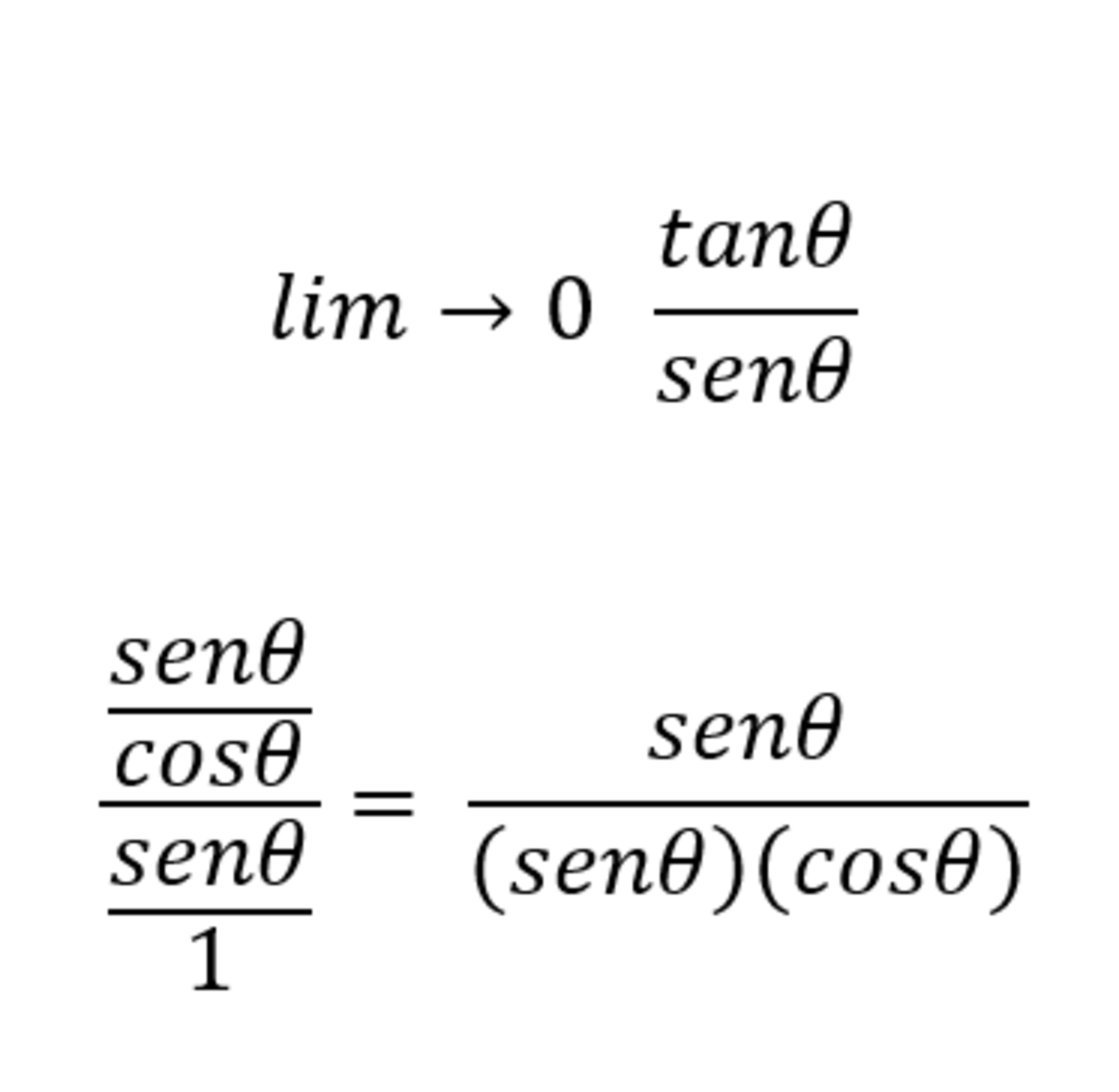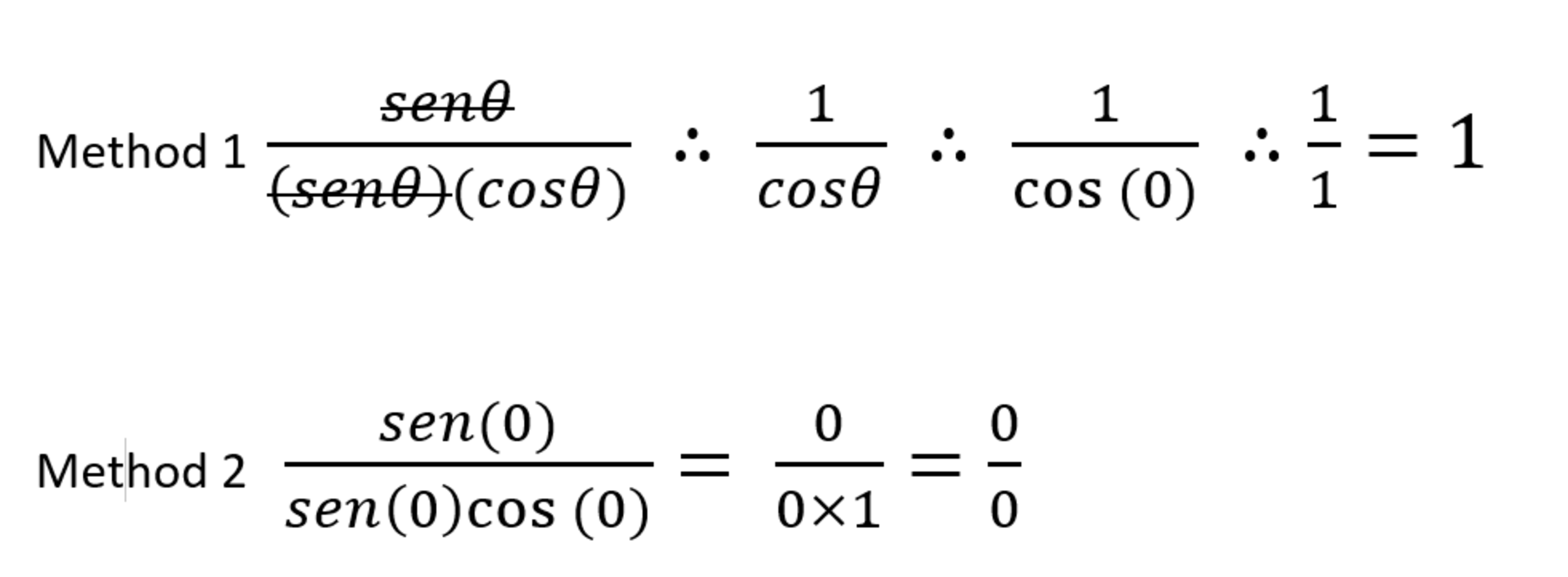Indetermination or 1 | limits

Here we have the initial operation

And here the problem arises: can you clear the sine knowing that it is worth zero? Is there a rule that allows it?
If not, the result is undetermined
No vote yet
1 vote
Easy Math Editor
This discussion board is a place to discuss our Daily Challenges and the math and science related to those challenges. Explanations are more than just a solution — they should explain the steps and thinking strategies that you used to obtain the solution. Comments should further the discussion of math and science.
When posting on Brilliant:
*italics*or_italics_**bold**or__bold__paragraph 1
paragraph 2
[example link](https://brilliant.org)> This is a quote# I indented these lines # 4 spaces, and now they show # up as a code block. print "hello world"\(...\)or\[...\]to ensure proper formatting.2 \times 32^{34}a_{i-1}\frac{2}{3}\sqrt{2}\sum_{i=1}^3\sin \theta\boxed{123}Comments
When we are dealing with limits, we are allowed to cancel out terms which would technically make the answer undefined. This is because the limit of a function is different than the actual value of the function at that limit. The limit is asking "What does this function approach?", not "What does this function equal?". Thus, your first method is correct. Try graphing it on a graphing calculator like Desmos and you'll see that while the function looks like it equals 1 at θ=0, it is really undefined. Hope this helps.